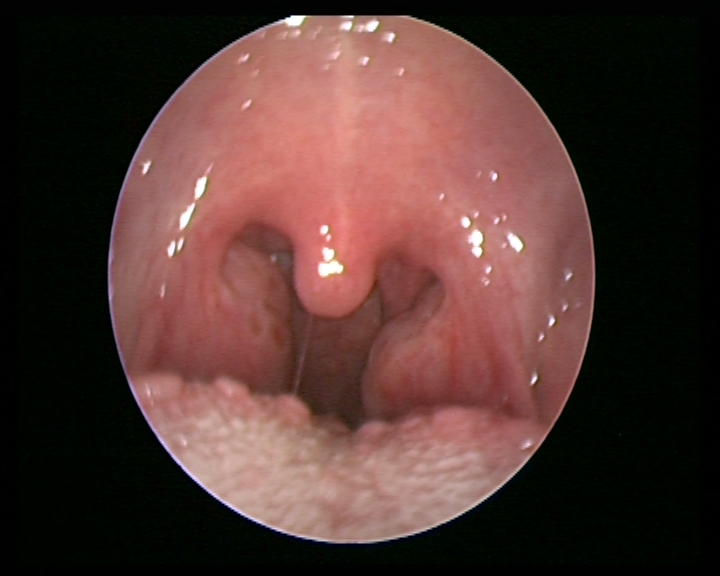DISE
Drug induced sleep endoscopy is a procedure performed under anaesthesia that simulates sleep in order to examine the upper airway and nose. The aim is to determine the site of obstruction in patients with sleep disordered breathing +/- sleep apnoea. Dr Walton performs this procedure on selected children with sleep apnoea. Typical indications would include patients whose obstructive symptoms recurred or failed to resolve with adenotonsillectomy, and patients with challenging airway anatomy likely to have multilevel airway obstruction.
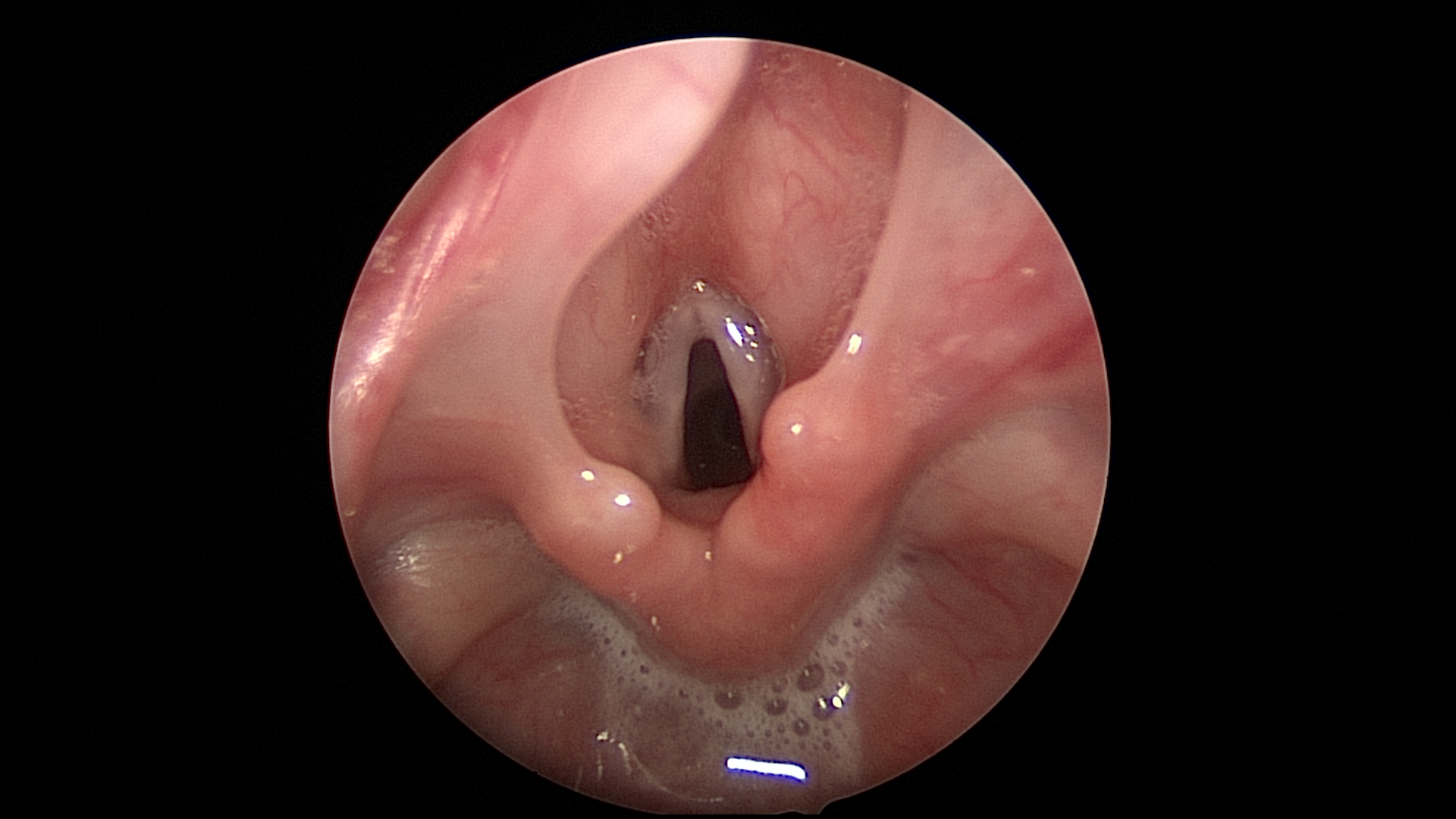
LBO
Laryngobronchooesophagoscopy (LBO) is a diagnostic procedure frequently performed on children presenting with airway obstruction and stridor (noisy breathing). The procedure is performed under general anaesthesia with highly skilled paediatric anaesthetists. Telescopes, bronchoscopes and oesophagoscopes may be used to capture video and photograph the upper and lower airway.
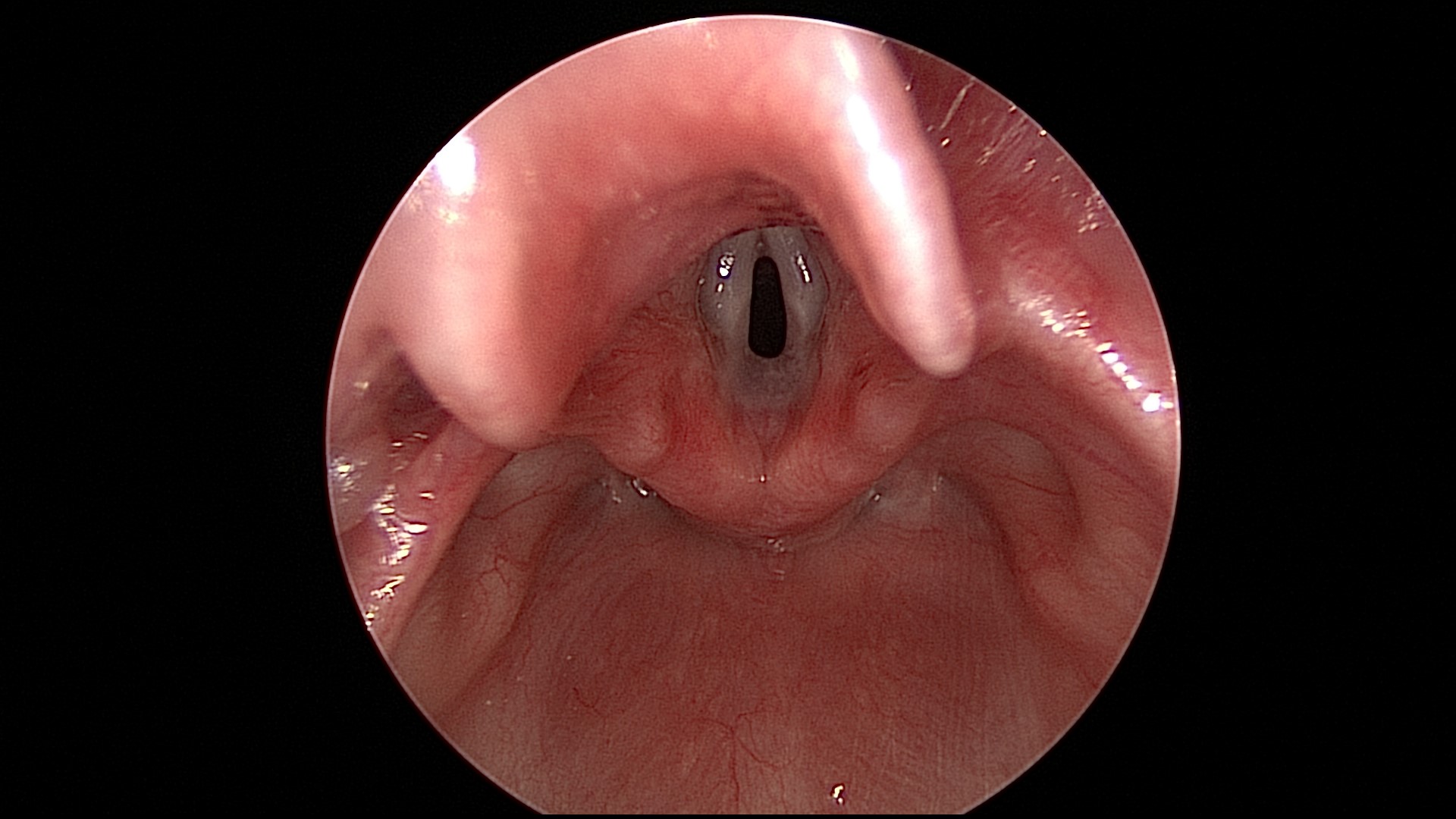
Coblation inferior turbinates
A common cause of nasal obstruction in children is enlargement of the inferior turbinates in the nose. Allergy is a common cause and medical treatment with intranasal steroid sprays (avamys, nasonex) may be effective. For cases not responsive to medical therapy surgery can be offered to reduce the bulky mucosal lining of the inferior turbinates with coblation. This is a very well tolerated day stay procedure that has a low risk of complications.
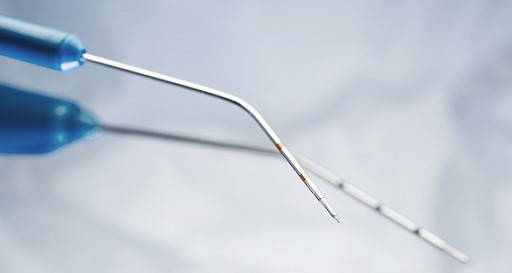
Inferior turbinoplasty
For adults and children aged 9 y and above with nasal obstruction that have not responded to medical treatment or relapsed after coblation, inferior turbinoplasty may be offered as a more definitive solution to chronic nasal obstruction. This involves surgical removal of the inferior turbinate bone whilst preserving the mucosal lining. This is a day stay procedure performed under general anaesthesia and may be offered in conjunction with other treatments such as adenoidectomy or tonsillectomy.
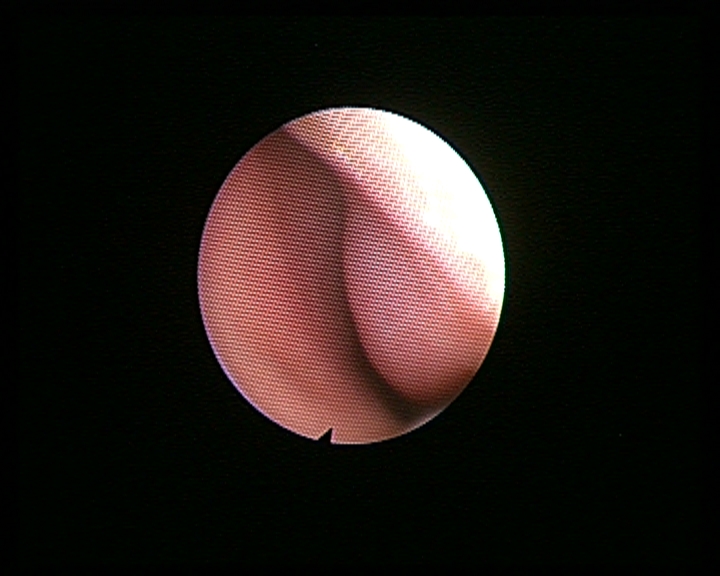
Adenoidectomy
The adenoids are lymphoid tissue at the back of the nose. They can be assessed via nasendoscopy or xray. It is normal to have some adenoidal tissue in the postnasal space. It only becomes problematic when it obstructs the nasal airway. This can result in chronic mouth breathing, obstructive sleep apnoea, chronic tiredness, and /or hyperactivity symptoms (exacerbation of ADHD). Removal of the adenoids is a day only procedure which is performed under direct vision with a telescope using a suction diathermy, coblator, or microdebrider depending on patient and surgical factors.

Tonsillectomy
Tonsillectomy is one of the most commonly performed paediatric ENT operations. Indications for surgery include sleep disordered breathing (snoring and sleep apnoea) and recurrent tonsillitis. Tonsillectomy is performed under general anaesthesia. In the postoperative period pain and fluid management are important. Patients living in rural or remote areas are required to stay in an urban centre with ENT surgery support for 2 weeks after surgery.
